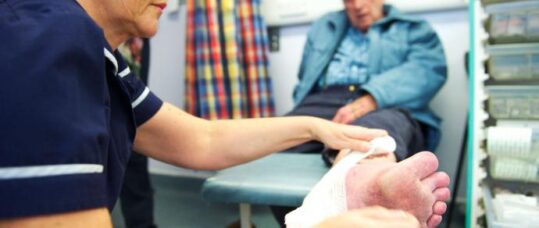Number of FTE nurses in primary care increased by 2% in 2018

The number of full-time equivalent nurses working in GP practices increased by just under 2% in 2018, new statistics from NHS Digital have revealed.
By the end of December 2018, there were 16,384 FTE nurses in GP practices in England, 288 more than in December 2017, an increase of 1.8%.
Related Article: ‘Patients not prisoners’: Palliative care nursing behind bars
The headcount increased by 313 to 23,511 nurses, a rise of 1.3%.
The number of trainee nurses also jumped to 276, a 10% increase on December 2017’s 251.
Related Article: NHSE confirms dates and eligibility for autumn Covid and flu jabs
When split by role, advanced nurse practitioners grew to a headcount of 4,396, up from 3,987 in December 2017. Extended role practice nurses increased by 44 to 888, but practice nurses dropped slightly to 17,169, down from 17,376 in December 2017.
Over 50% of nurses are older than 50, with only 4% under 30, proportions that represent no change from the December 2017 cohort.
The data follows health secretary Matt Hancock’s announcement at a health select committee meeting in January that the target of 5,000 extra non-GP staff had been fulfilled, despite missing targets for GP recruitment.
Related Article: QICN bids farewell to Dr Crystal Oldman as she retires from CEO role
In January, the NHS Long Term Plan pledged to increase the skill mix within general practice, employing physiotherapists, pharmacists and others to help provide primary care services for the future.

See how our symptom tool can help you make better sense of patient presentations
Click here to search a symptom


The number of full-time equivalent nurses working in GP practices increased by just under 2% in 2018, new statistics from NHS Digital have revealed.



